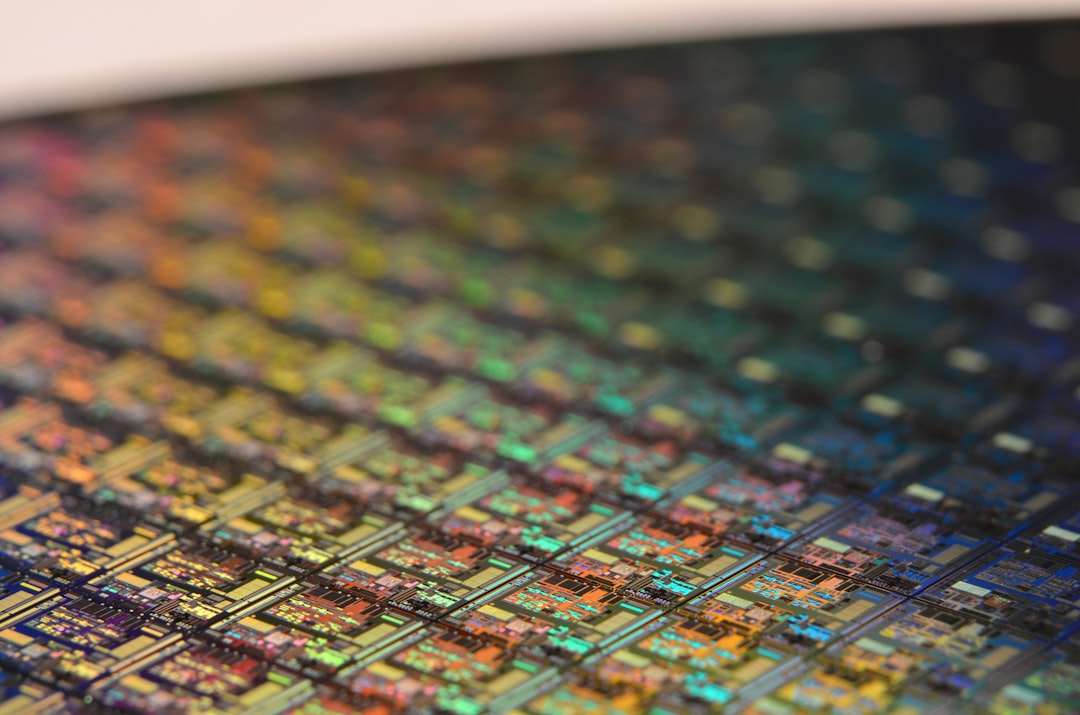What is it about?
tomoCAM is a tomographic reconstruction software that leverages advanced mathematical techniques and user-accessible GPU-based computing. tomoCAM reformulates the fundamental operators in MBIR using Non-Uniform Fast Fourier Transforms (NUFFTs), thus computing them significantly faster than traditional methods. Additionally, tomoCAM leverages advanced GPU acceleration strategies, including asynchronous transfers facilitated by a two-tier data partitioning scheme. These innovations allow tomoCAM to perform MBIR in a fraction of the time compared to traditional MBIR codes while only requiring modest and commonly available computing resources. Furthermore, tomoCAM has a Python front-end, which provides access from Jupyter-based frameworks, enabling straightforward integration into existing workflows at synchrotron facilities.
Featured Image

Photo by Jeswin Thomas on Unsplash
Why is it important?
tomoCAM provides the material science community with the means to expand the scope of tomographic measurements towards increasingly in-situ and in-operando measurements, where specimens are often rapidly evolving and have complex geometries—one example is the investigation of the fractures and deterioration of ceramic matrix composites, which are novel lightweight materials used in jet engines that operate under high temperatures and pressure.
Perspectives
The ultimate goal is to lower the entry barrier, speed up the convergence, and simplify the use of MBIR, enabling material scientists to focus on carrying out complex experiments without worrying about the reconstruction process.
Dinesh Kumar
Lawrence Berkeley National Laboratory
Read the Original
This page is a summary of: tomoCAM: fast model-based iterative reconstruction via GPU acceleration and non-uniform fast Fourier transforms, Journal of Synchrotron Radiation, January 2024, International Union of Crystallography,
DOI: 10.1107/s1600577523008962.
You can read the full text:
Contributors
The following have contributed to this page










